Nimbus Portal Client: Entering a Portable and Decentralised Ethereum

As Ethereum continues to scale and evolve, one of its most pressing challenges is data bloat.
The size of the blockchain’s historical state has ballooned, making it increasingly difficult for individuals to run full nodes as storage requirements grow. This, in turn, inhibits the network's decentralisation and reduces its resilience to centralised failure risks.
Enter Ethereum Improvement Proposal 4444 (EIP-4444) and the Portal network. This proposal aims to change how Ethereum stores and retrieves historical data, by moving this history to a trustless, secure, and distributed data storage network thereby freeing up space for those running a validator or full node on the mainnet.
To enable this shift to a more portable, decentralised, and resilient Ethereum, Nimbus has developed a reference client implementation for the Portal network, codenamed Fluffy, designed to run on lightweight devices and lay the groundwork for a healthy Portal network that validators can rely on for historical blockchain data.
Let’s take a closer look at the need to reduce complexity and bloat on Ethereum, and how by running the Nimbus Portal client, you can help make Ethereum more decentralised today.
EIP-4444 and The Purge
The Purge refers to an upcoming shift in the Ethereum network that will reduce complexity and bloat, which has continued to grow over time. This bloat has led to running a full Ethereum node requiring significantly more than 1TB of storage space, with archive nodes requiring around 10TB.
This is where the Portal network comes into play. It offers a solution to this bloat problem by delivering the requirements of EIP-4444 via a trustless and distributed network to fetch history.
In a recent blog post, Vitalik Buterin highlighted the integration of the Portal network as an Ethereum-native solution to this problem, noting that once a solution is introduced and active on the network, EIP-4444 can be implemented to allow node operators to prune historical data.
Building and maintaining this network is critical to Ethereum’s future scalability, and the Portal client is a pivotal part of that effort.
The implementation plan for EIP-4444 has been laid out. It will begin with pre-merge data expiry being allowed from May 1, 2025. This will allow node operators to drop block bodies and receipts for pre-merge blocks, effectively pruning this data from their clients.
As node operators prune this data and source it from the Portal Network instead, it will also be available from a community-maintained repository of era files, which supply historical data endpoints for redundancy.
Read more about EIP-4444 and the Portal Network.
Building a Healthy Portal Network
Ethereum Portal clients enable the Ethereum Portal network and facilitate the distributed storage of the blockchain’s historical state and field requests for this data from node operators as required.The Portal network comprises several sub-networks, each optimized for specific types of Ethereum data:
- History Network: Provides access to chain data such as block headers, block bodies, and receipts.
- Beacon Network: Supplies Beacon Light Client data, including bootstraps, updates, and finality updates, facilitating Consensus Light client sync.
- State Network: Offers access to current and historical state data, functioning as a distributed archival node.
The more people run Portal clients, the stronger and more viable the Portal network becomes. A robust Portal Network ensures that data retrieval remains decentralised, efficient, and reliable, supporting the implementation of the changes outlined in The Purge.
Users actively contribute to Ethereum's decentralisation by running a Portal client, and this effort is crucial for keeping Ethereum resilient and sustainable.
The Portal network is active and growing today. Network statistics are regularly updated and available at glados.ethportal.net. To participate, you need only download and run the Nimbus Portal client or other implementations of the Portal network.

The Nimbus Portal Client
The Nimbus team created the first reference implementation of the Portal client written in Nim, codenamed “Fluffy”. The Nimbus Portal client is already active on the Portal network and is available to download and run on Windows, macOS, and Linux.
As with other Nimbus Ethereum clients, the Nimbus Portal client is designed to be lightweight and modular. This makes it the ideal solution for individuals who want to easily run a Portal client and contribute to Ethereum's decentralisation with minimal setup cost.
The Nimbus Portal client is also part of Nimbus’s lightweight unified model for Ethereum clients and will be used in conjunction with other Nimbus tools, including the Nimbus Execution Client, Consensus Client, and Verified Web3 Proxy. It supports a range of setups, from home staking to large-scale validator configurations.
Through the Nimbus Portal client’s modular design and seamless integration with the upcoming Nimbus execution-layer client, it will also offer validators a lightweight and highly optimised configuration for running a node on resource-constrained devices, in line with Nimbus’s vision to make Ethereum as portable and decentralised as possible.Read more about the Nimbus Portal client and the architecture of the Portal Network in our previous blog post.
How You Can Help Ethereum Scale
Whether you're an Ethereum enthusiast, a solo validator, or just passionate about making Ethereum more efficient, there are various ways you can contribute to Ethereum's scalability and decentralisation as EIP-4444 is implemented.
Node operators who want to support The Purge can store historical data endpoint data and make it available through the community-maintained repository of era files, providing a fallback for data availability as the Portal network grows in adoption.Do you want to join the effort to decentralise and scale Ethereum by running a Portal network client?
Visit the Fluffy Quick-Start Guide for comprehensive documentation and step-by-step instructions on setting up your Nimbus Portal client. For more technical details, check out the GitHub repository.
Join the Nimbus community on Discord to get involved and provide feedback on the Portal client, and follow Nimbus on Twitter for the latest news and updates.
